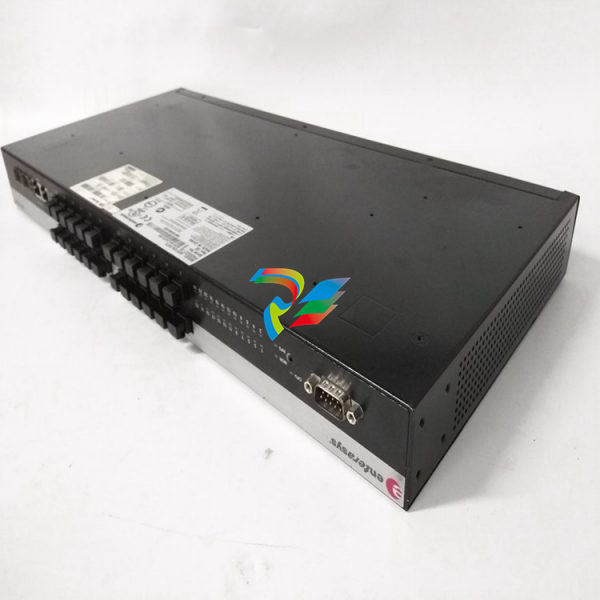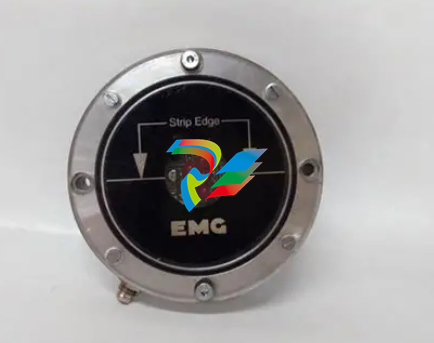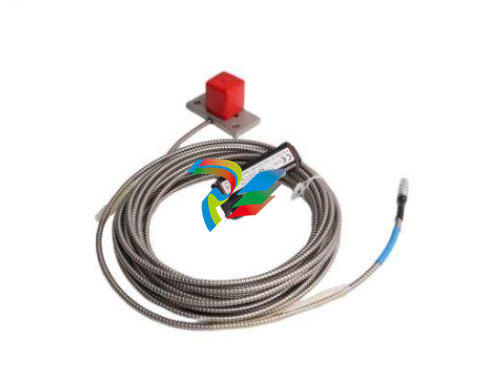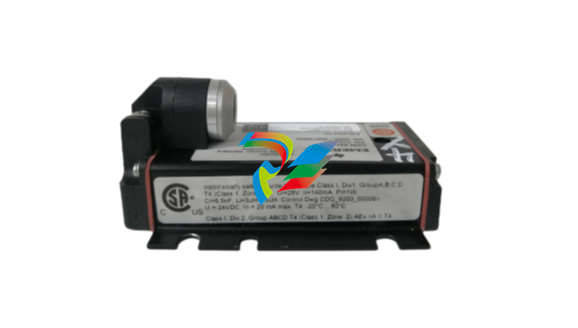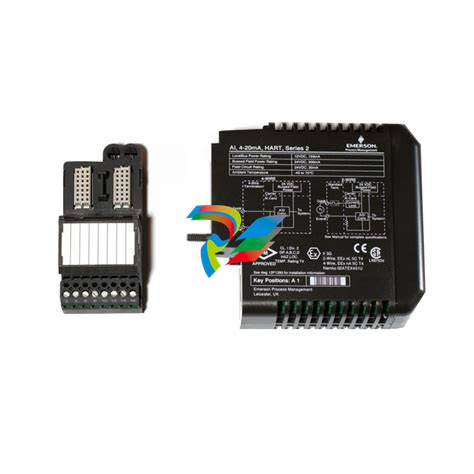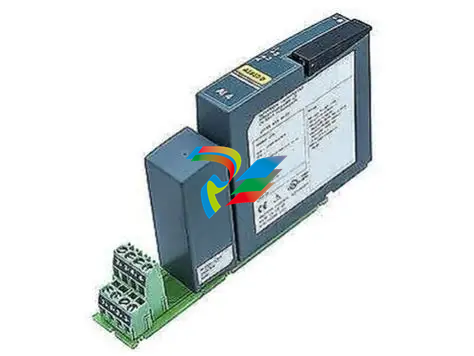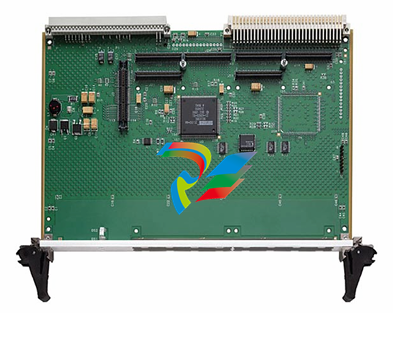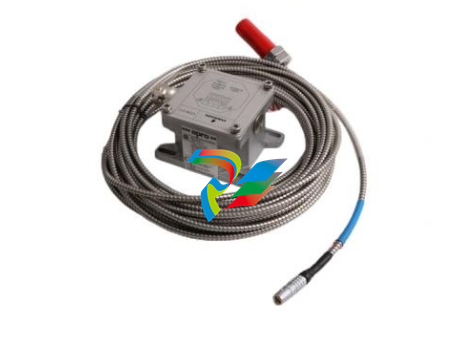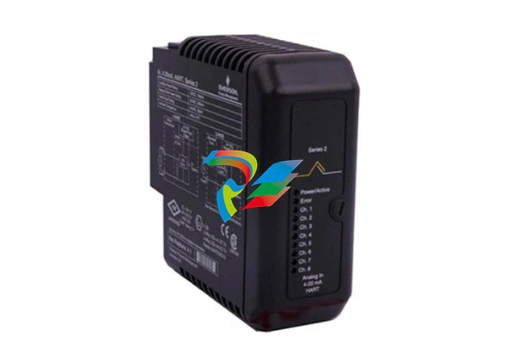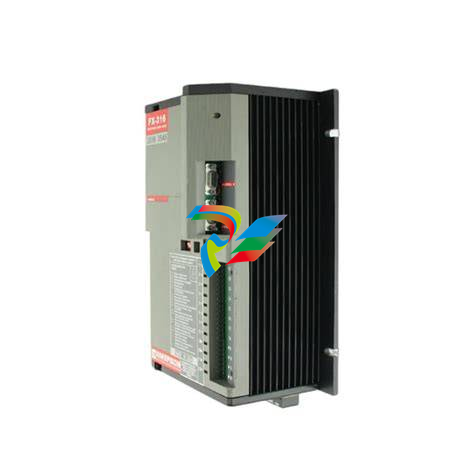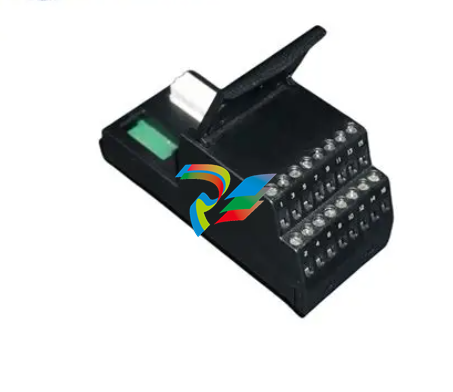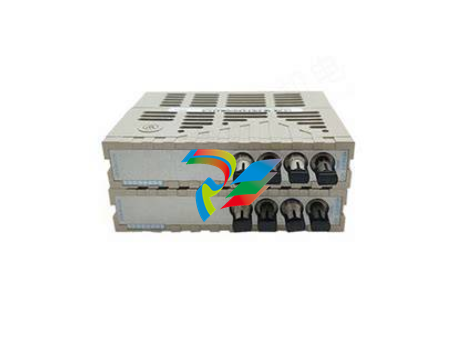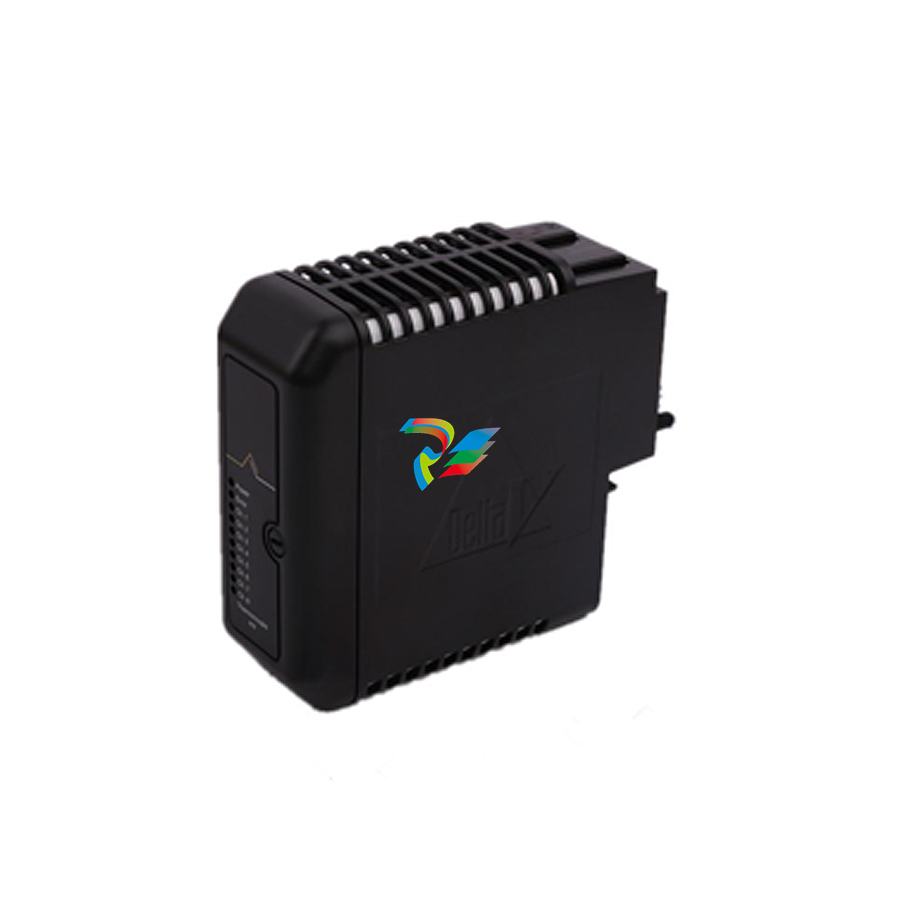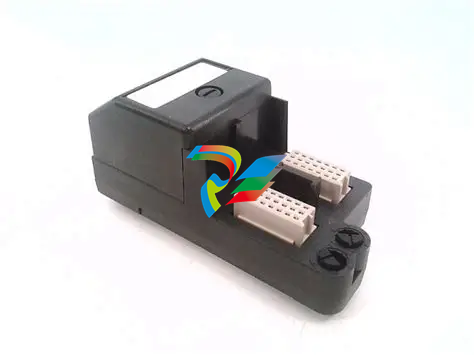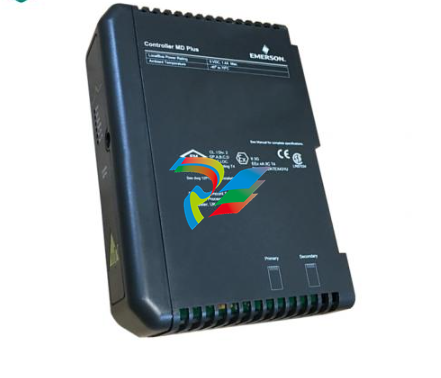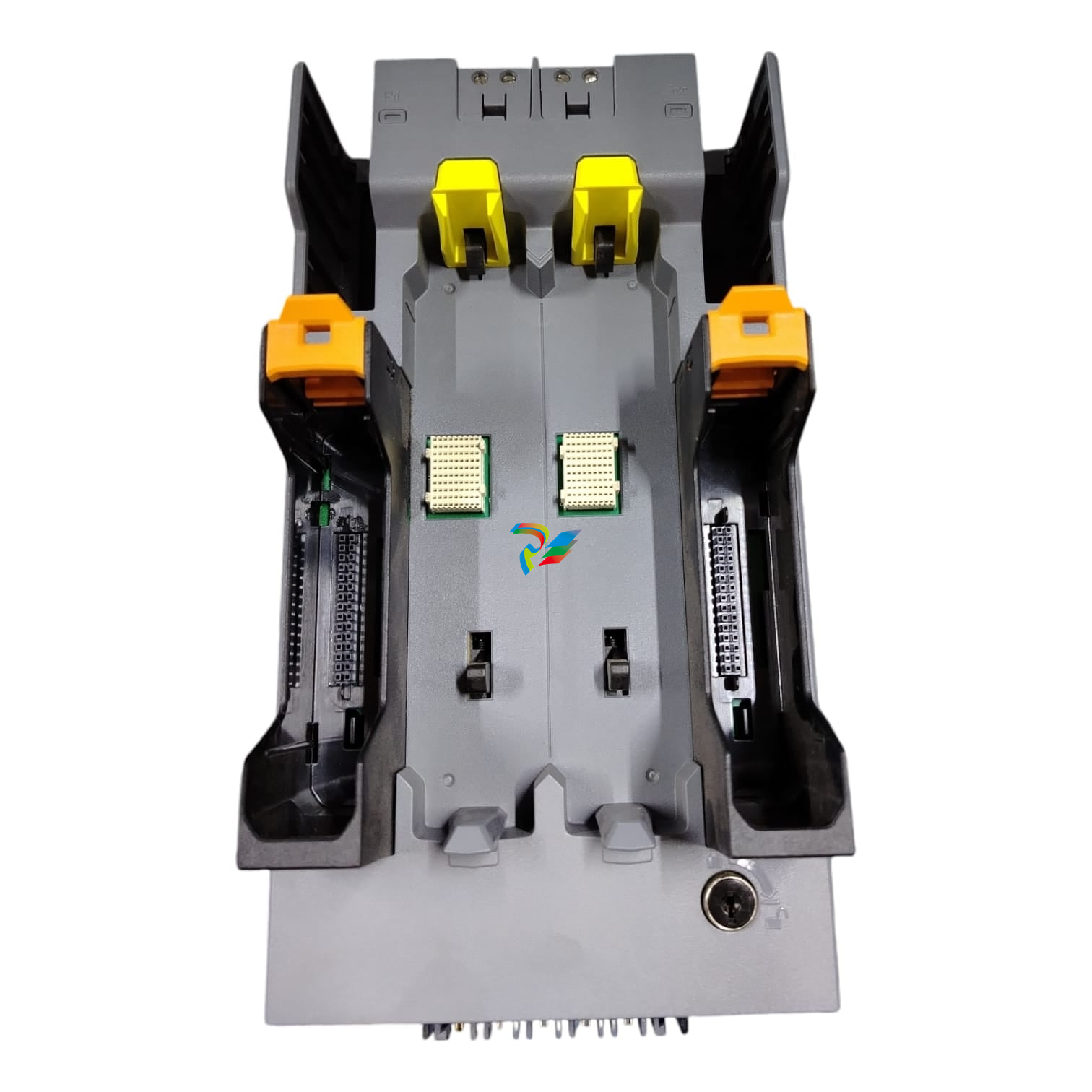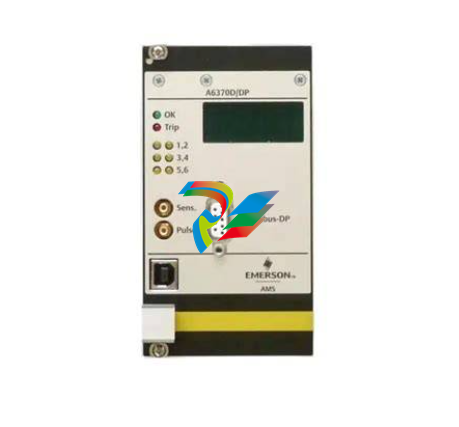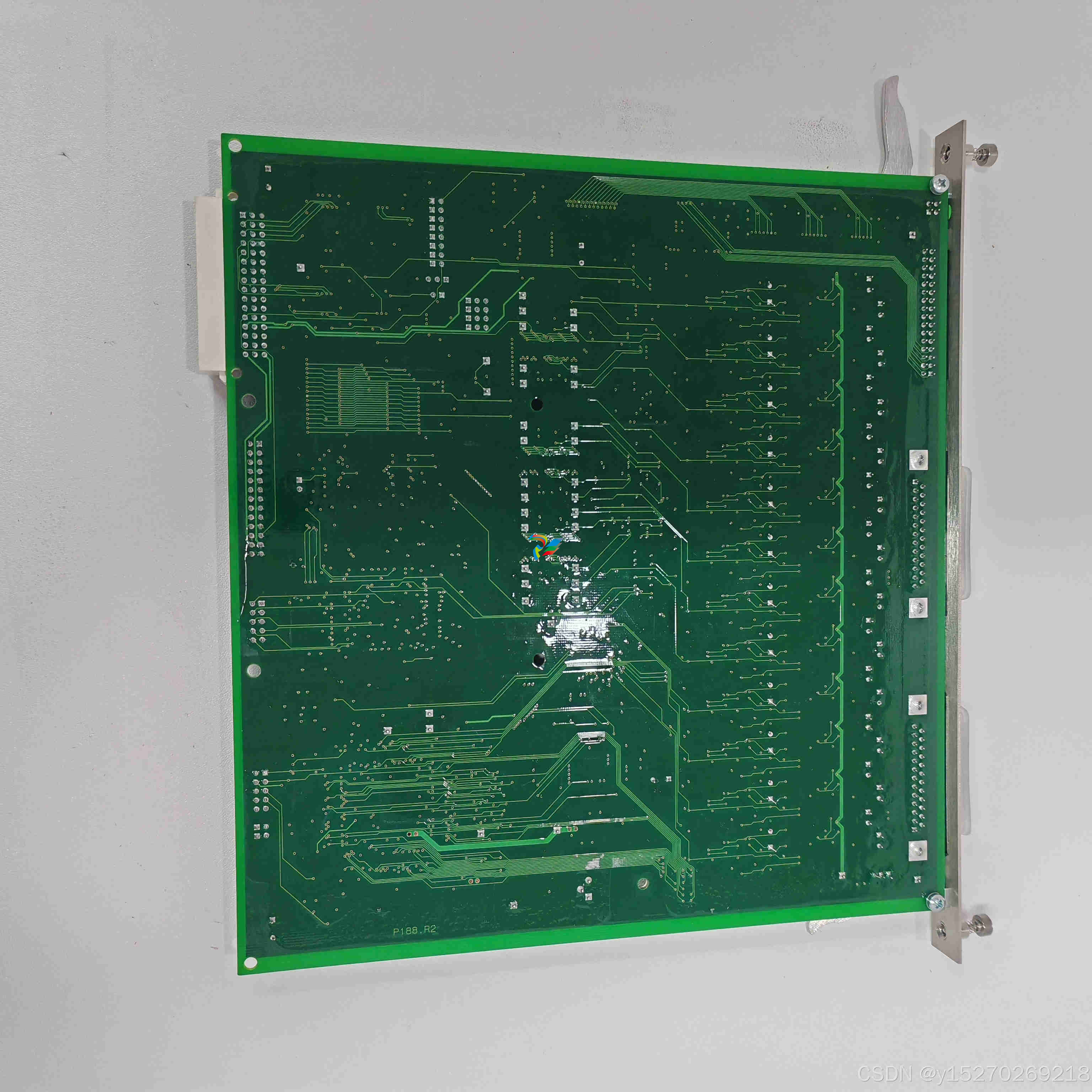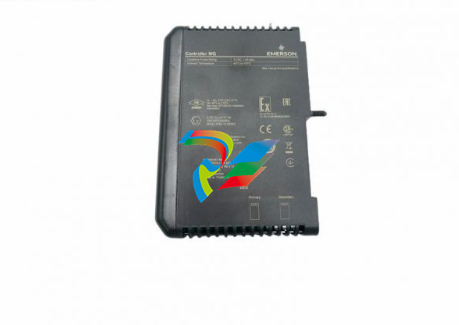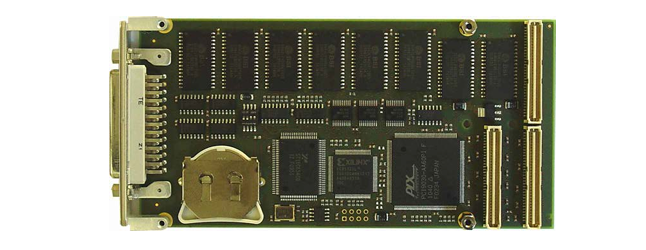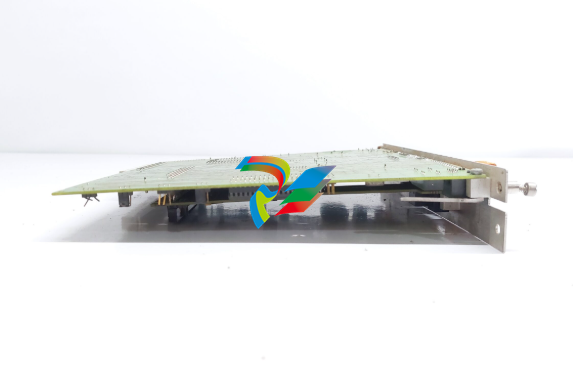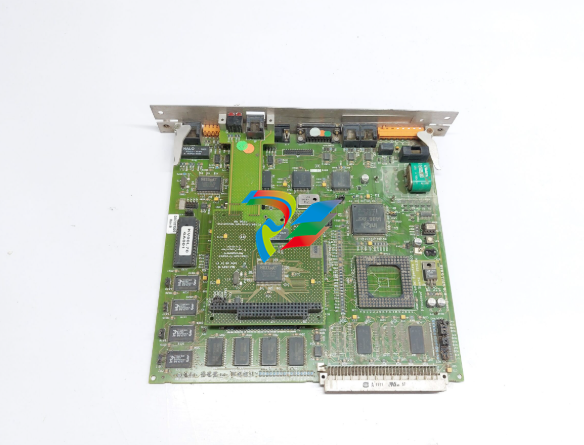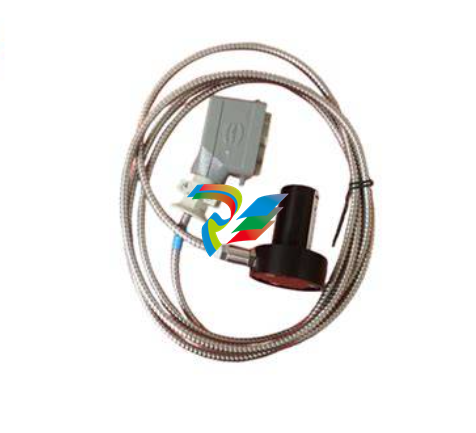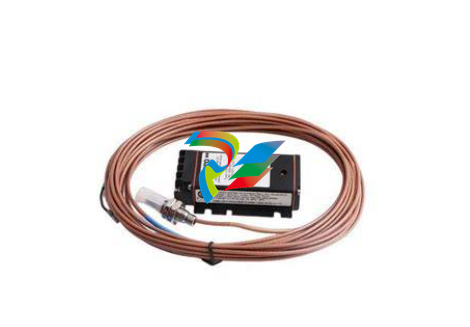
ABBProduct specification
Overview of this specification About this product specification It describes the performance of the manipulator oracomplete family of manipulators in terms of:
• The structure and dimensional prints
• The fulfilment of standards, safety and operating requirements
• The load diagrams, mounting of extra equipment, the motion and the robot reach
• The specification of variants and options available
Usage Product specifications are used to find data and performance about the product, for example to decide which product to buy. How to handle the product is described in the product manual.
Users It is intended for:
• Product managers and product personnel
• Sales and marketing personnel
• Order and customer service personnel
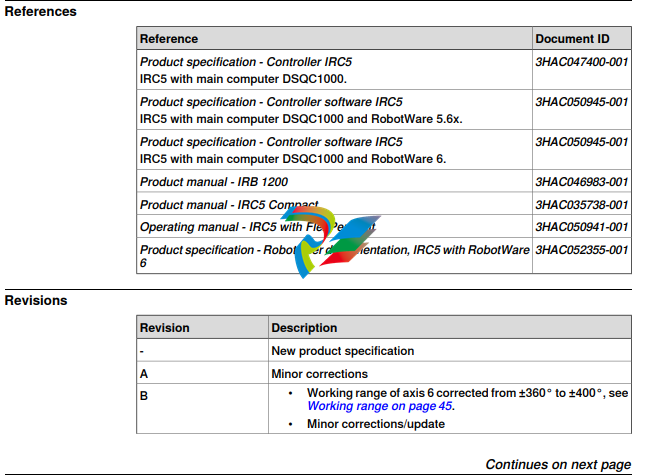
1 Description
1.1 Structure
1.1.1 Introduction to structure
General
The IRB 1200 is one of ABB Robotics latest generation of 6-axis industrial robot, with a payload of 5 to 7 kg, designed specifically for manufacturing industries that use flexible robot-based automation, e.g. 3C industry. The robot has an open structure that is especially adapted for flexible use, and can communicate extensively with external systems
Type A of IRB
1200 Type A - Axis Calibration
The difference between IRB 1200 and IRB 1200 Type A is that the Type A is calibrated with Axis Calibration. On each axis there are bushings for installation of calibration tools. As a result of this, the castings differ between IRB 1200 and IRB 1200 Type A
Note IRB 1200 Type B is designed based on IRB 1200 Type A so that Type B has the bushings for installation of calibration tools too. The difference between IRB 1200 Type A and IRB 1200 Type B is that Type B also supports SafeMove 2. See Type B of IRB 1200 on page 9. How to know which type the robot is? The type label on the base of the robot tells if the robot is calibrated with Axis Calibration. Those robots are named IRB 1200 Type A.
1.1.1 Introduction to structure Continued
Particle emission from the robot fulfill Clean room class 3 standard according to DIN EN ISO 14644-1. Clean room robots are specially designed to work in a clean room environment. According to IPA test result, the robot IRB 1200 is suitable for use in clean room environments. Clean room robots are designed in order to prevent from particle emission from the robot. For example is, frequent maintenance work possible to perform without cracking the paint. The robot is painted with four layers of polyurethane paint. The last layer being a varnish over labels in order to simplify cleaning. The paint has been tested regarding outgassing of Volatile Organic Compounds (VOC) and been classified in accordance with ISO 14644-8. Classification of airborne molecular contamination, see below:
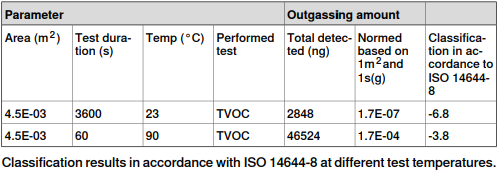
Food grade lubrication The robot has food grade lubrication (NSF H1) as an option (777-1). The protection type for robots with food grade lubrication is Clean Room and IP67.
IP67/66 protection The robot has IP67 as an option. The option will add sealing, machining parts and gasket.
Protection type Foundry Plus 2 Robots with the option Foundry Plus 2 are designed for harsh environments where the robot is exposed to sprays of coolants, lubricants and metal spits that are typical for die casting applications or other similar applications. Typical applications are spraying insertion and part extraction of die-casting machines, handling in sand casting and gravity casting, etc. (Please refer to Foundry Prime robots for washing applications or other similar applications). Special care must be taken in regard to operational and maintenance requirements for applications in foundry are as well as in other applications areas. Please contact ABB Robotics Sales organization if in doubt regarding specificapplication feasibility for the Foundry Plus 2 protected robot. The robot is painted with two-component epoxy on top of a primer for corrosion protection. To further improve the corrosion protection additional rust preventive are applied to exposed and crucial areas, e.g. has the tool flange a special preventive coating. Although, continuous splashing of water or other similar rust formation fluids may cause rust attach on the robots unpainted areas, joints, or other unprotected surfaces. Under these circumstances it is recommended to add rust inhibitor to the fluid or take other measures to prevent potential rust formation on the mentioned. The entire robot is IP67 compliant according to IEC 60529 - from base to wrist, which means that the electrical compartments are sealed against water and solid contaminants. Among other things all sensitive parts are better protected than the standard offer. Selected Foundry Plus 2 features: • Improved sealing to prevent penetration into cavities to secure IP67 • Additional protection of cabling and electronics • Special covers that protect cavities • Well-proven connectors • Black chrome coated tool flange • Rust preventives on screws, washers and unpainted/machined surfaces • Extended service and maintenance program The Foundry Plus 2 robot can be cleaned with appropriate washing equipment according to the robot product manual. Appropriate cleaning and maintenance is required to maintain the protection, for example can rust preventive be washed off with wrong cleaning method. Available robot versions The option Foundry Plus 2 might not be available for all robot versions. See Specification of variants and options on page 53 for robot versions and other options not selectable together with Foundry Plus 2.
perating system The robot is equipped with the IRC5 Compact (IRC5C) or IRC5 (Single cabinet) controller and robot control software, RobotWare. RobotWare supports every aspect of the robot system, such as motion control, development and execution of application programs, communication etc. See Product specification - Controller IRC5 with FlexPendant (IRC5C included). Safety The safety standards are valid for the complete robot, manipulator and controller. Additional functionality For additional functionality, the robot can be equipped with optional software for application support - for example gluing and welding, communication features - network communication - and advanced functions such as multitasking, sensor control etc. For a complete description on optional software, see Product specification - Controller software IRC5. Manipulator axes (A) (D) (E) (F) (C) (B) xx1300000365 Continues on next page 12 Product specification - IRB 1200 3HAC046982-001 Revision: K © Copyright 2019 ABB. All rights reserved. 1 Description 1
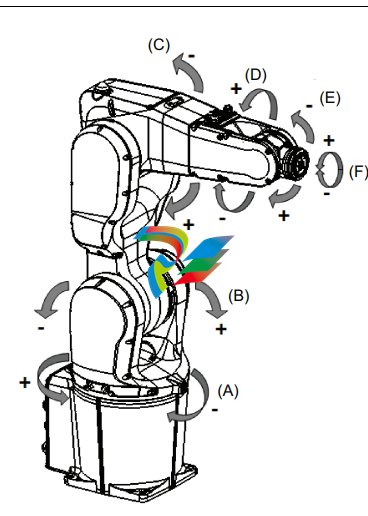
1.3 Installation 1.3.1 Introduction to installation General IRB 1200 is adapted for normal industrial environment. Depending on robot variant, an end effector with max. weight of 5 or 7 kg, including payload, can be mounted on the robot’s mounting flange (axis 6). Other equipment, weighing a maximum of 0.3 kg, can be mounted on the upper arm. For more information about mounting of extra equipment, see Fitting of equipment on page 32
1.4.1 Introduction to load diagram1.4 Load diagram 1.4.1 Introduction to load diagram Information WARNING It is very important to always define correct actual load data and correct payload of the robot. Incorrect definitions of load data can result in overloading of the robot. If incorrect load data and/or loads are outside load diagram is used the following parts can be damaged due to overload: • motors • gearboxes • mechanical structure WARNING In the robot system is the service routine LoadIdentify available, which allows the user to make an automatic definition of the tool and load, to determine correct load parameters. For detailed information, see Operating manual - IRC5 with FlexPendant. WARNING Robots running with incorrect load data and/or with loads outside diagram, will not be covered by robot warranty. General The load diagram includes a nominal pay load inertia, J0 of 0.06 kgm2 and an extra load of 0.3 kg at the upper arm housing. At different moment of inertia the load diagram will be changed. For robots thatare allowed tilted, wall or inverted mounted, the load diagrams as given are valid and thus it is also possible to use RobotLoad within those tilt and axis limits. Control of load case by "RobotLoad" To easily controla specific load case, use the calculation program ABB RobotLoad. Contact your local ABB organization for more information. The result from RobotLoad is only valid within the maximum loads and tilt angles. There is no warning if the maximum permitted armload is exceeded. For over load cases and special applications, contact ABB for further analysis.
1.6.3 Absolute Accuracy calibration Continued
When is Absolute Accuracy being used Absolute Accuracy works on a robot target in Cartesian coordinates, not on the individual joints. Therefore, joint based movements (e.g. MoveAbsJ) will not be affected. If the robot is inverted, the Absolute Accuracy calibration must be performed when the robot is inverted. Absolute Accuracy active Absolute Accuracy will be active in the following cases:
• Any motion function based on robtargets (e.g. MoveL) and ModPos on robtargets • Reorientation jogging • Linear jogging
• Tool definition (4, 5, 6 point tool definition, room fixed TCP, stationary tool)
• Work object definition Absolute Accuracy not active The following are examples of when Absolute Accuracy is not active:
• Any motion function based on a jointtarget (MoveAbsJ)
• Independent joint
• Joint based jogging
• Additional axes
• Track motion Note In a robot system with, for example, an additional axis or track motion, the Absolute Accuracy is active for the manipulator but not for the additional axis or track motion. RAPID instructions There are no RAPID instructions included in this option. MultiMove If the main robot in a MultiMove system has the Absolute Accuracy option, it opens up Absolute Accuracy capability for all the robots in the system. However, each robot needs to be calibrated individually. Note Note that this is the only RobotWare option that is relevant for an additional robot.
1.7 Maintenance and troubleshooting 1.7.1 Introduction to maintenance and trouble shooting General The robot requires only a minimum of maintenance during operation. It has been designed to make it as easy to service as possible:
• Maintenance-free AC motors are used.
• Grease used for all gearboxes.
• The cabling is routed for longevity, and in the unlikely event of a failure, its modular design makes it easy to change. Maintenance The maintenance intervals depend on the use of the robot, the required maintenance activitiesalso depends on selected options. For detailed information on maintenance procedures, see Maintenance section in the Product Manual - IRB 1200.
Customer connections Introduction to customer connections The cables for customer connection are integrated in the robot and the connectors are placed on the tubular housing (upper arm) and one at the base. There is one connector R4.CP/CS at the tubular housing. Corresponding connector R1.CP/CS is located at the base. It is recommended to use a fuse protector for customer connection; otherwise, application overload will burn out the CP/CS cables in the robot. Detailed information about the CP/CS connection is provided in a warning label on the tubular housing.
There is also connections for Ethernet, one connector R4.Ethernet at the tubular housing and the corresponding connector R1.Ethernet located at the base.

